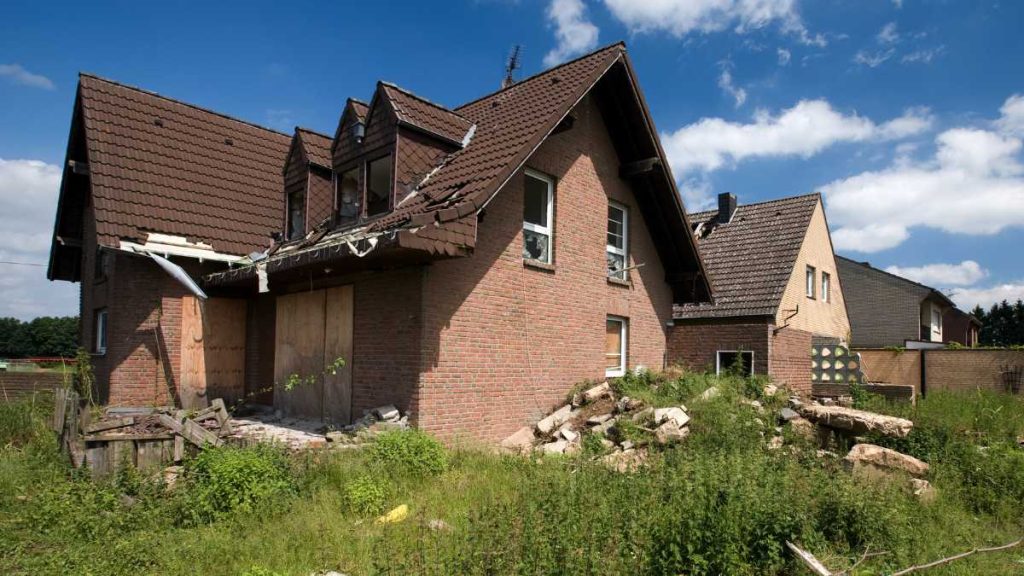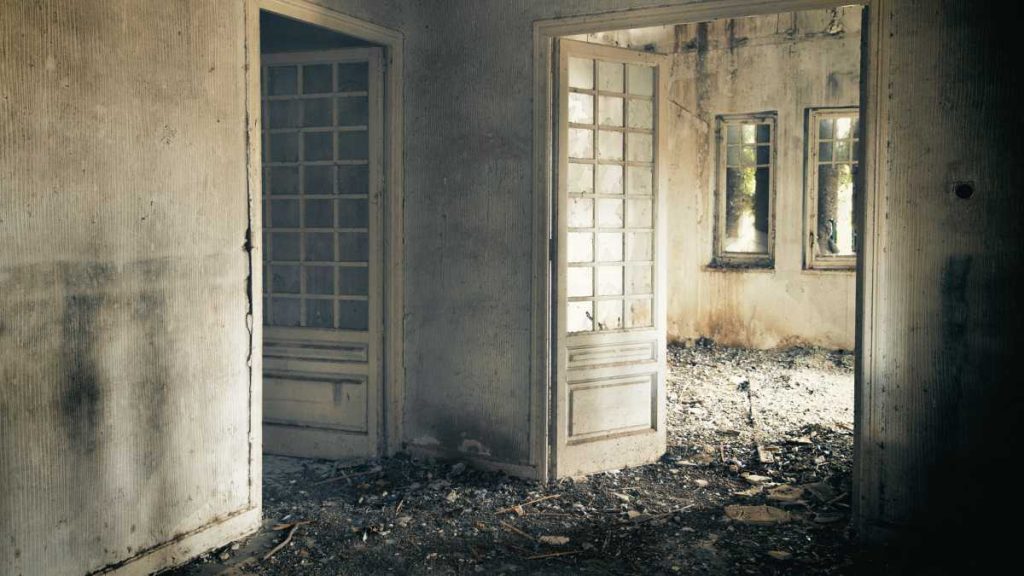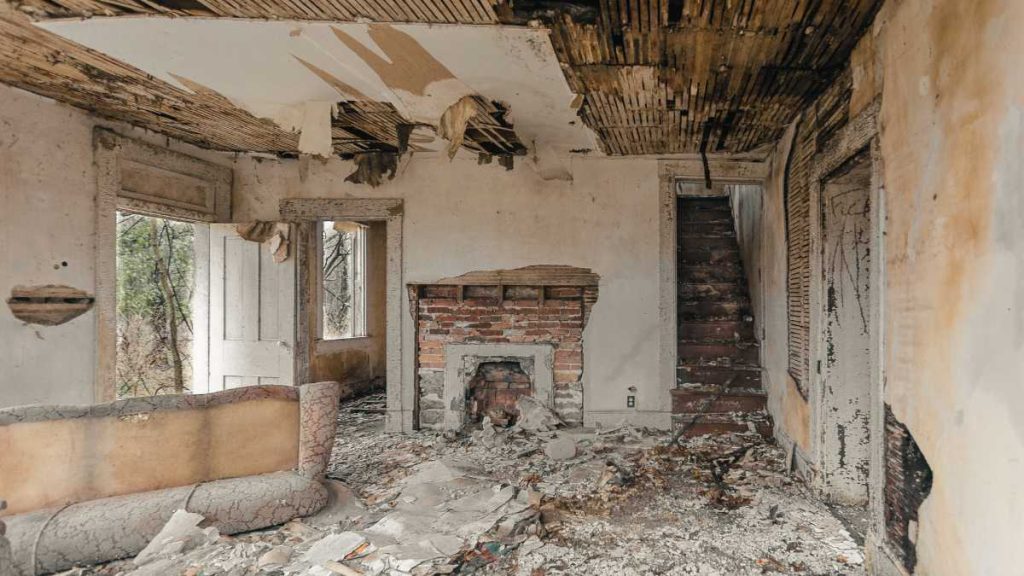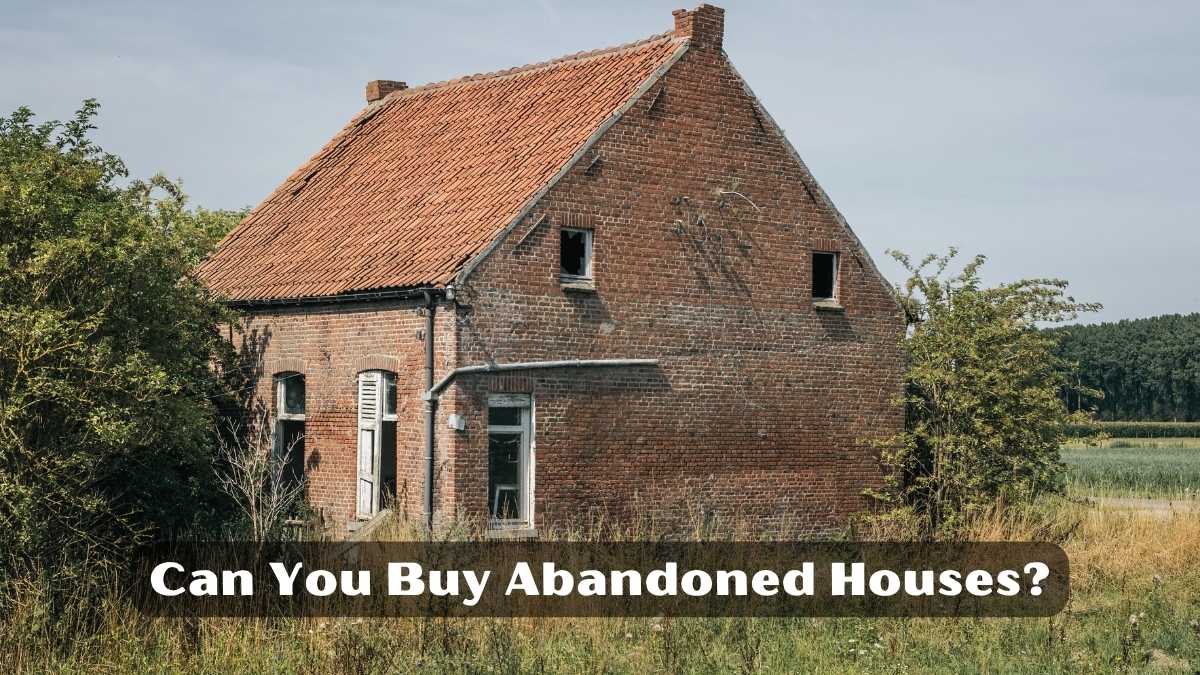Table of Contents
1) Understanding the Potential of Abandoned Houses
Have you ever considered the allure of abandoned houses? These neglected properties, left behind by their previous owners, hold a unique charm and potential for those willing to invest time and effort into their restoration. In this guide, we will explore the process of buying abandoned houses, from research and due diligence to the renovation and restoration phase.
2) Research and Identification
1. Local Regulations and Laws: The Foundation of the Process
Before embarking on the journey of purchasing an abandoned house, it’s crucial to familiarize yourself with local regulations and laws. Different regions may have specific requirements or restrictions when it comes to buying and renovating abandoned properties. Researching and understanding these regulations will help you navigate the process smoothly.
2. Identifying Abandoned Properties: Hidden Gems Await
The first step is to identify abandoned properties within your desired area. Look out for signs of neglect, such as overgrown lawns, boarded-up windows, or noticeable deterioration. Local government websites, real estate listings, and word-of-mouth can be valuable sources for finding these hidden gems.
3. Assessing the Condition of the Property: Knowledge is Key
Once you’ve identified a potential abandoned house, it’s essential to assess its condition. Inspect the property thoroughly, looking for structural damage, water leaks, or any other issues that might impact the renovation process. Understanding the scope of necessary repairs will help you make informed decisions during the acquisition and renovation phases.

3) Due Diligence
1. Title Search and Ownership Verification: Establishing Legitimacy
Perform a comprehensive title search to verify the ownership of the property. This step ensures that the seller has legal rights to sell the abandoned house and eliminates any potential legal complications that may arise later. Consult a real estate attorney or a title company to assist you with this process.
2. Liens and Outstanding Debts: Clearing the Path
Check for any outstanding debts or liens on the property. These can include unpaid taxes, mortgages, or other financial obligations. Clearing these debts is essential before finalizing the purchase to avoid future legal or financial complications.
3. Structural and Environmental Assessments: Uncovering Hidden Issues
Engage professionals to conduct thorough structural and environmental assessments. This step helps identify any hidden issues that may not be immediately apparent, such as mold, asbestos, or unstable foundations. Obtaining this information enables you to make informed decisions about the property’s viability and renovation costs.
4. Zoning and Land Use Restrictions: Compliance is Key
Ensure that the property complies with local zoning and land use regulations. This step ensures that the intended use of the property aligns with the area’s regulations and prevents potential roadblocks during the renovation process. Consult local authorities or zoning departments for guidance.

4) Acquisition Process
1. Contacting the Owner or Relevant Authorities: Establishing Communication
Once you’ve completed the due diligence process and are ready to proceed, reach out to the owner or relevant authorities responsible for managing abandoned properties. In some cases, the owner may be willing to sell directly. If not, the relevant authorities can provide information on how to proceed with the purchase.
2. Negotiating the Purchase Price: Finding a Win-Win Solution
Negotiate the purchase price based on the property’s condition and market value. Since abandoned houses often require significant renovations, it’s important to consider the potential costs when determining the final price. Aim for a win-win solution that benefits both parties.
3. Financing Options: Exploring Alternatives
Consider various financing options for the purchase and renovation of the abandoned house. Traditional mortgages, renovation loans, or private financing arrangements can help you fund the acquisition and restoration process. Research different financing options available in your area and choose the one that best suits your financial situation and long-term goals.
4. Securing Necessary Permits and Paperwork: Ensuring Compliance
Before starting any renovation work, it is vital to secure the necessary permits and paperwork from the local authorities. This includes building permits, renovation approvals, and any other required documentation. Working without proper permits can lead to legal consequences and delays in the renovation process. Consult with local building departments to understand the specific requirements for your project.
5) Renovation and Restoration
1. Budgeting for Repairs and Renovations: Planning for Success
Creating a detailed budget for repairs and renovations is crucial to ensure a successful restoration. Consider the cost of materials, labor, and any unforeseen expenses that may arise during the renovation process. It’s advisable to allocate a contingency fund to account for unexpected repairs or issues that may surface during the restoration.
2. Hiring Contractors or DIY Approach: Finding the Right Balance
Decide whether you will hire contractors or take a do-it-yourself (DIY) approach to the renovation work. Hiring professionals can save time and ensure high-quality craftsmanship, but it may come at a higher cost. Alternatively, opting for a DIY approach can help reduce expenses but requires adequate skills and time commitment. Choose the option that aligns with your abilities, resources, and project complexity.
3. Obtaining Necessary Permits for Renovations: Compliance Matters
When renovating an abandoned house, ensure you obtain the required permits for each phase of the project. This includes permits for structural modifications, electrical and plumbing work, and any other renovations that fall under local regulations. Failing to comply with permitting requirements can lead to fines or legal complications in the future.
4. Ensuring Compliance with Building Codes: Safety First
During the renovation process, prioritize compliance with building codes to ensure the safety of occupants and the overall quality of the restoration. Building codes cover areas such as electrical wiring, plumbing systems, fire safety, and structural integrity. Engage professionals or consult local building authorities to ensure your renovations meet these essential requirements.

6) Potential Challenges
1. Cost Considerations: Budgeting Wisely
One of the primary challenges when buying abandoned houses is managing the costs involved. Renovations can be costly, and unexpected issues may arise during the restoration process. It’s important to plan your budget carefully, considering both the purchase price and renovation expenses, to avoid financial strain or incomplete projects.
2. Legal and Regulatory Complexities: Navigating the Red Tape
Dealing with legal and regulatory complexities can be challenging when purchasing and renovating abandoned properties. Each jurisdiction may have different requirements and procedures that need to be followed. Engaging professionals, such as real estate attorneys or contractors experienced in renovation projects, can help you navigate through the red tape and ensure compliance with all applicable laws.
3. Unexpected Repairs and Hidden Issues: Being Prepared
When dealing with abandoned houses, it’s common to encounter unexpected repairs and hidden issues. These can range from structural problems to pest infestations or deteriorated infrastructure. Conducting a thorough inspection and being prepared for unforeseen expenses will help mitigate these challenges and ensure a smoother renovation process.
4. Dealing with Potential Squatters or Trespassers: Securing the Property
In some cases, abandoned houses may attract squatters or trespassers. Before beginning renovations, take measures to secure the property, such as boarding up windows and installing proper fencing. If you encounter any unauthorized individuals, contact local authorities to handle the situation appropriately.
7) Conclusion
Buying abandoned houses can be a rewarding and transformative experience for property buyers. With thorough research, due diligence, and careful planning, these neglected properties can be restored to their former glory, creating beautiful homes or valuable investment opportunities. While challenges may arise, the satisfaction of breathing new life into an abandoned house makes the journey worthwhile. So, if you’re ready to take on the adventure of revitalizing abandoned properties, use this guide to navigate the process and embrace the potential they hold.




Leave a Reply